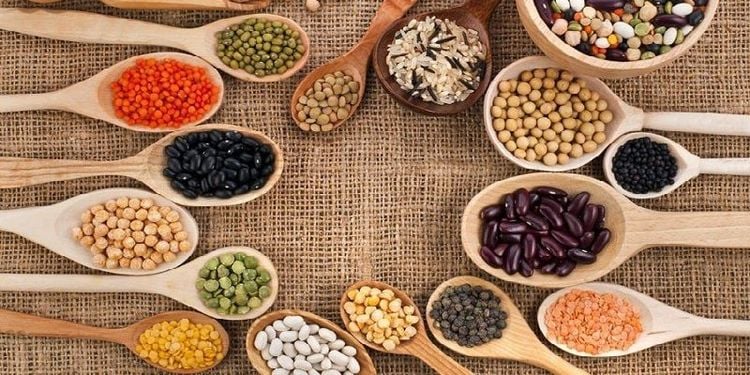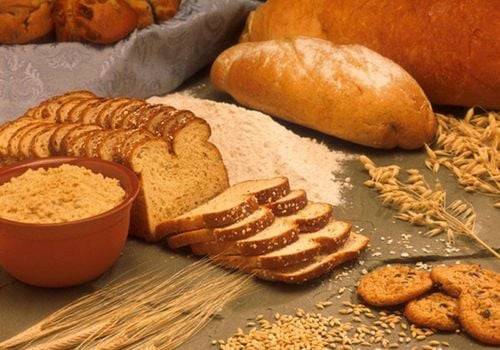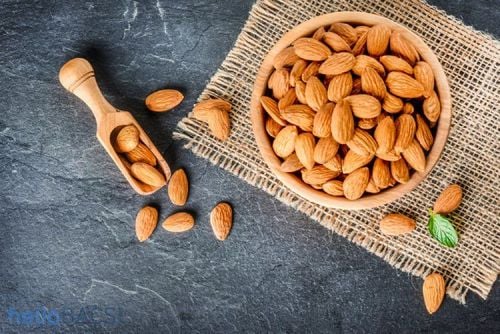This is an automatically translated article.
Many people think that carbohydrates are just carbs, so whether it's bread, rice, pasta or cereal, after all, it's just carbs, so they make no difference. But the truth is that not all carbs are created equal, they have very different nutritional values.1. Current status of carbs consumption
Modern people have a habit of using refined carbs (such as white bread, white rice, cookies, industrial drinks, ...) which leads to carbs being blamed for a lot of things. problems, from increased waist size and cardiovascular disease to the outbreak of type 2 diabetes. And the fact is there is no doubt that consuming too much simple sugars and refined starch products increases the risk of overweight, obesity and type 2 diabetes.Sad to say the source Good, nutrient-rich carbs are currently only used very limited by humans, accounting for about 5% of total carbs consumed. Whole grains are a valuable source of carbs, with many health benefits compared to processed, refined sources of carbs.
Whole grains retain the germ (e.g., wheat germ) and bran of the grain, as well as all of its natural antioxidants, vitamins and minerals. Whole grains are high in fiber, have almost no fat, and are digested and absorbed more slowly than refined, processed carbs.
The Surgeon General recommends that people eat the equivalent of three servings of whole-grain carbs each day. The sad thing is that most people only eat half a serving per day, and it is estimated that only 10% of the population consumes a full serving of whole grains per day.
Food products that meet the criteria for containing at least half of all whole grains, and having 3 grams or less of fat per serving, are entitled to print the following statement on the product label: a diet rich in whole grains and plant-based foods that are low in total fat, saturated fat, and cholesterol may help reduce the risk of cardiovascular disease and certain types of cancer (“Diets rich in whole-grain foods and other plant foods low in total fat, saturated fat and cholesterol may help reduce the risk of heart disease and certain cancers”). It is hoped that the right to print the above statement on product labels will encourage consumers to consume more whole grain products as well as healthier products.

Ngũ cốc nguyên hạt là nguồn carbs quý, mang lại nhiều lợi ích cho sức khỏe
2. The relationship between weight loss and human longevity
Whole grains are digested and absorbed slowly by the human body, thus making the body feel full for a long time, avoiding the feeling of hunger and thereby limiting food intake. This is why people who regularly eat whole grains tend to weigh less than those who eat foods containing refined carbs.A study by Brigham and Women's Hospital in Boston (USA) found that people who ate nine servings of whole grains per week weighed 5-8 pounds (~2.27-3. 63 kg) compared with those who ate less than two servings of whole grains per week.
In another study by the University of Minnesota School of Public Health (USA), researchers found that women who ate at least one serving of whole grains per day (usually bread or cereal) breakfast) will have better health and longer life.
3. Not all carbs are created equal

Không phải tất cả các loại carbs đều giống như nhau
For example, if you are looking for whole wheat products, the first ingredient listed on the product label should be whole wheat. Then, look at the fiber content on the nutrition facts label. With bread, it's best to choose one with 3 grams of fiber per slice, and cereals with 5 grams or more per serving.
Whole grains usually have the highest fiber content, but you can choose from many other products that also contain significant amounts of fiber.
Fiber slows down the absorption of other nutrients in a meal (including carbohydrates), thereby helping to avoid a sudden increase in blood sugar after meals, reducing the risk of type 2 diabetes. Certain types of fiber in oats, legumes, and some fruits can help lower blood cholesterol levels. In addition, fiber also helps the body feel full faster, feel hungry longer, thereby limiting the amount of food eaten.
The human body does not have the necessary enzymes to digest fiber, so fiber cannot be converted into energy. However, fiber is very necessary and beneficial for the digestive system. The amount of fiber an adult needs to eat each day is:
Men 50 years old and younger: 38g Men over 50 years old: 30g Women 50 years old and younger: 25g Women 50 years old and older: 21g Whole-grain sources of carbs Other things you can use are brown rice, barley, bulgur, whole-grain pasta, buckwheat, whole-grain corn, and popcorn (popcorn is actually whole grain, and a healthy way to make popcorn. especially using the explosive gas method and without adding salt or fat).
Please dial HOTLINE for more information or register for an appointment HERE. Download MyVinmec app to make appointments faster and to manage your bookings easily.
Article reference source: webmd.com












